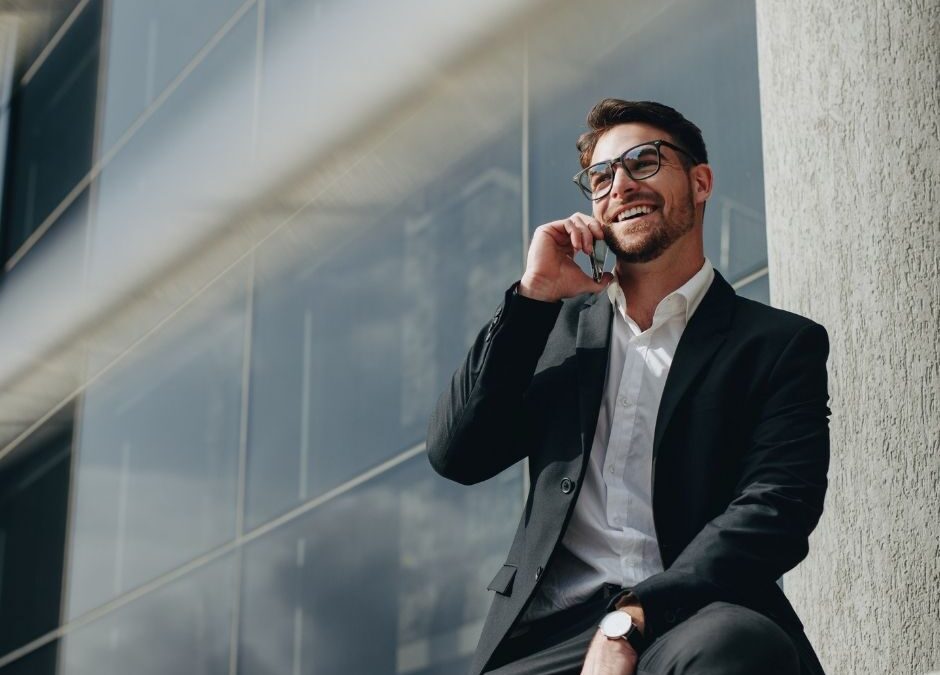
What is the Difference between Trade Marks and Copyright?
What is the Difference between Trade Marks and Copyright?
Trade marks and copyright: the difference explained
For many businesses, intellectual property is one of their most valuable assets. We often get questions from our clients on how they can best protect their intellectual property, but what we have noticed is that many of them struggle to identify what specifically they are trying to protect.
This is completely understandable because intellectual property comes in many different forms. The two most commonly used types of intellectual property protection are trade marks and copyright.
In Australia, we refer to trade mark in two words, consistent with the legislation. Overseas, it is common to combine the words to ‘trademark’. They each refer to the same thing.
Some of the frequently asked questions we get include ‘What can I trade mark?’, ‘Can I sue someone for using my trade mark?’ or ’How do I protect my copyright?’. In this article, we will answer these questions for you.
Firstly, let’s explore the difference between the two.
Trade marks – protection of your brand
If you have been running your business for some time and have established substantial goodwill and reputation, your business name becomes your brand. Your brand is your trade mark. Two of the fastest growing trade marks in 2020 were TikTok and Zoom. When you hear those names, you can immediately bring to mind the kind of services each platform offers, even if you haven’t used them yourself.
Think of a trade mark as a ‘badge of origin’. It is anything that distinguishes your goods and services from those offered by other traders in the market. It can be your business name, logo, slogan, colour or even a sound, or a smell – although scent marks are very rare.
Your trade mark is a valuable marketing tool. The purchasing decisions of consumers are often influenced by the brand, so the higher your brand recognition, the more you may want to prevent your competitors from using a similar brand to provide similar services and benefit from your hard-earned success.
Think about how people by cars, or shoes. Many people favour a particular brand of motor vehicle because it is either something they have always driven, or it has a brand promise that they believe in or relate to. For example, Toyota is known for reliability, and Ferrari is the world’s most well known racing car. In shoes, people will often favour a brand like Asics, or Adidas, or Nike depending on their preferred sport, or sports stars.
So, how do you gain the exclusive right to use your trade mark and take actions against those who infringe it?
The answer is by registration. We will talk about this further below, first lets look at how copyright is different from trade marks.
Copyright – protection of your original creative works
Copyright has more substance that a trade mark and is more likely to be judged on the amount of creative input required to develop the work to be protected. Where a word can be a trade mark, a word by itself won’t be protected under copyright.
Copyright protects the creation of literary, dramatic, musical, artistic, and certain other types of intellectual works.
When you write a book, you are the copyright owner of that book (unless you have agreed to transfer your copyright to someone else). When you create online education materials, all your materials, including videos or audios, are your copyrighted material.
Just like trade marks, your copyright materials can be extremely valuable to your business. But unlike trade marks, you do not need to register copyright to gain protection. Copyright is generated automatically upon creation of the work.
There is one exception to that rule, and that is the registration of digital works in the United States. If you want to claim protection of a digital representation of your work in the United States, you must first register that work with the Electronic Copyright Office.
To have copyright protection, you must document your ideas and have it in some sort of tangible form. The easiest way would be to write it down. A visual or audio recording is also sufficient. It is important to understand that a mere idea is not protected. This is part of the reason that businesses rely on non-disclosure agreements and confidentiality deeds. Those sorts of agreement can provide you with protection of an idea before it is discussed and before it has been documented or produced in some other form capable of copyright protection.
What protections do you need?
As you can see, trade marks and copyright are two very different types of intellectual property. What you can do to protect them is very different too.
Trade marks – protection by registration
A trade mark can exist without being registered; however registration gives you the exclusive right to use your trade mark and makes it much easier to defend.
What this means is that you will have the legal right to stop others from using your trade mark and when necessary, take legal action against them to defend your rights. Just be aware that it is your responsibility as the trade mark owner to keep an eye on the marketplace and identify any infringement or potential infringement of your trade mark. When you see someone using your brand, or something very similar to your brand, you should tell them promptly, and request that they ‘cease and desist’ the infringement.
From time to time, we have clients who have already contacted someone they believe to be infringing their mark without persuading that person to stop their infringement. Sometimes, this is because our client doesn’t have the rights they thought they did, and sometimes it is because they have stated their rights incorrectly. It is important to check what rights you have first, before making any claims. We have a number of strategies for communicating with infringers to bring about a quick resolution to your concerns.
In Australia, if you do not have a registered trade mark, it can be an offence for you to threaten legal action against someone for using your trade mark. If you do have a registered trade mark, you should be notifying infringers that you do, and asking them to stop infringing your trade mark. This is usually done with a cease and desist letter.
Copyright – protection by documenting your ideas and creating tangible material
Registration is not required to protect copyright. Copyright material is protected as soon as it is created (in tangible form, that is). As the copyright owner, you have the exclusive right to reproduce your work, commercialise it, and be recognised as its creator.
As already mentioned, the one exception is the requirement to register a digital work with the Electronic Copyright Office in the United States if you want to take action against someone in the United States for copyright infringement.
Unlike trade marks, we are not aware of any countries outside the United States that have official registers or databases for copyright, so in most cases, people won’t be able to conduct searches to see if something is an original creation.
Because there is no form of registration and in pursuing someone for infringement you might be required to demonstrate that you are the original creator of the work, it is especially important for you to use one or more of the following strategies to protect your copyright:
- keep a record of your evolution of ideas – as evidence of the progression of your work
- drafts, sketches, rough recordings, plans etc
- insert footprints into your work (eg. deliberate mistakes or hidden data that identify you as the author)
- watermark your work
- use technology to make it harder to copy your work electronically
- include a copyright statement on your work – this alerts people to the fact that your work is subject to copyright and you intend to protect it © [your name] and [the year the work was created]
- include copyright use provisions in the terms of use or terms and conditions of your website that clearly set out what people can and cannot do with your published work
- provide your contact details so people can ask for permission to use your work
- if your work gets used regularly in educational institutions, government or big business, then register your work with the Copyright Agency to receive any royalty payments collected on your behalf
- have template cease and desist letters you can send to people you believe to be infringing your work, politely asking them to stop.
What happens if you don’t take steps to protect your interests?
Under both trade mark and copyright law, if you don’t take steps to protect your interests you can lose your rights.
For trade marks, you must use the mark in the form registered, and take steps to stop others using your mark in order to keep the protection that registration provides.
For copyright, if you don’t let people know that they are infringing your copyright, you can make it harder to prove that you created the work in the first place, and if you knowingly let things pass, you may be deemed to have given permission for use.
Consider creating an intellectual property register for your business so that you can keep track of your different types of intellectual property, when they were created, who created them, and what you have done to protect it. Your intellectual property is an asset to your business.
How long do protections last?
Trade marks – 10 years
A trade mark registration lasts for 10 years from when you first file your application. You can renew your trade mark registration by paying renewal fees any time before the expiry of six months after the date your registration is due to lapse.
Copyright – creator’s life plus 70 years
The duration of copyright can vary depending on the type of work and whether the owner is an individual or a company, but generally in Australia, it is the life of the author plus 70 years.
Summary
To summarise the differences between trade mark and copyright protection:
- your brand and logo are protected as trade marks, upon registration
- your content and materials are protected by copyright, upon creation
- you can and should take a variety of different steps to protect your intellectual property
Need help?
If you would like help identifying your valuable intellectual property, creating an intellectual property register and protecting your intellectual property, contact Onyx Legal.
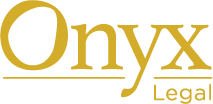


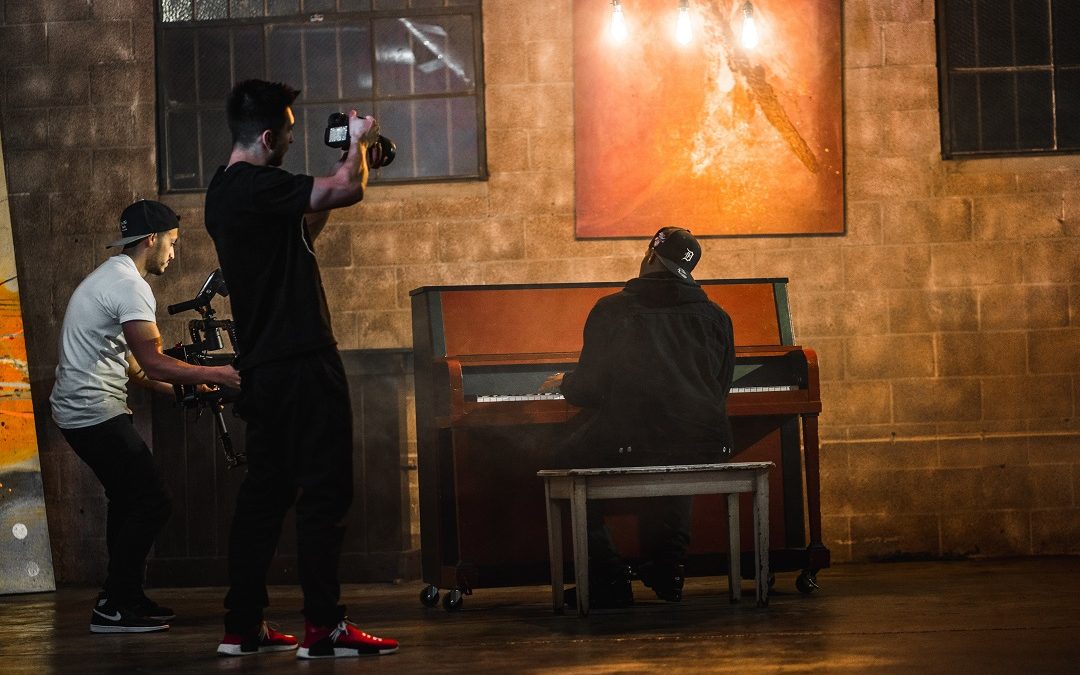

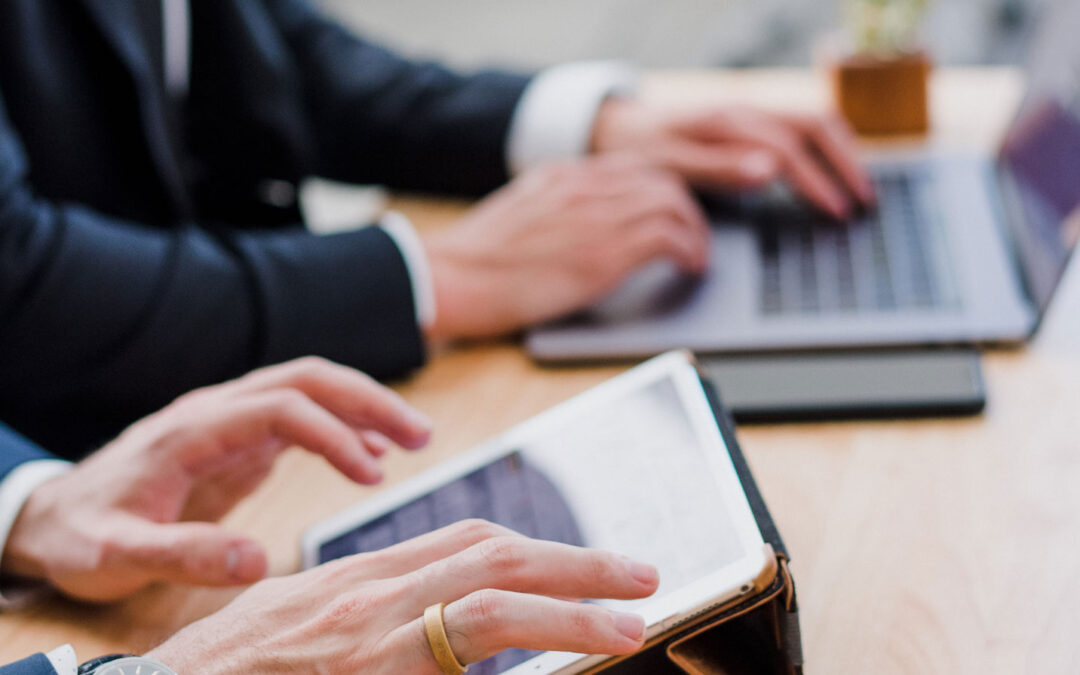
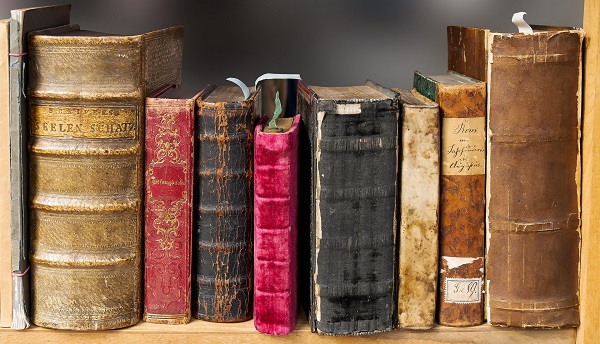
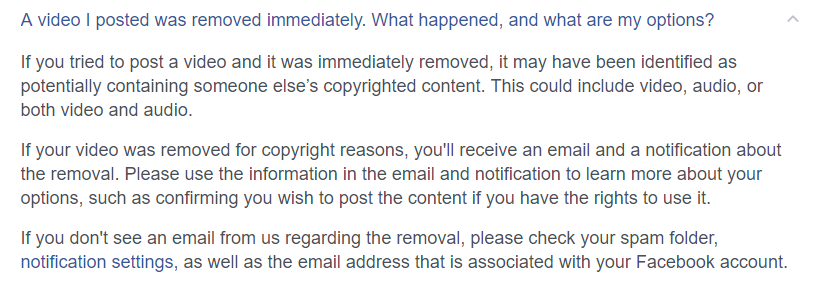

Recent Comments